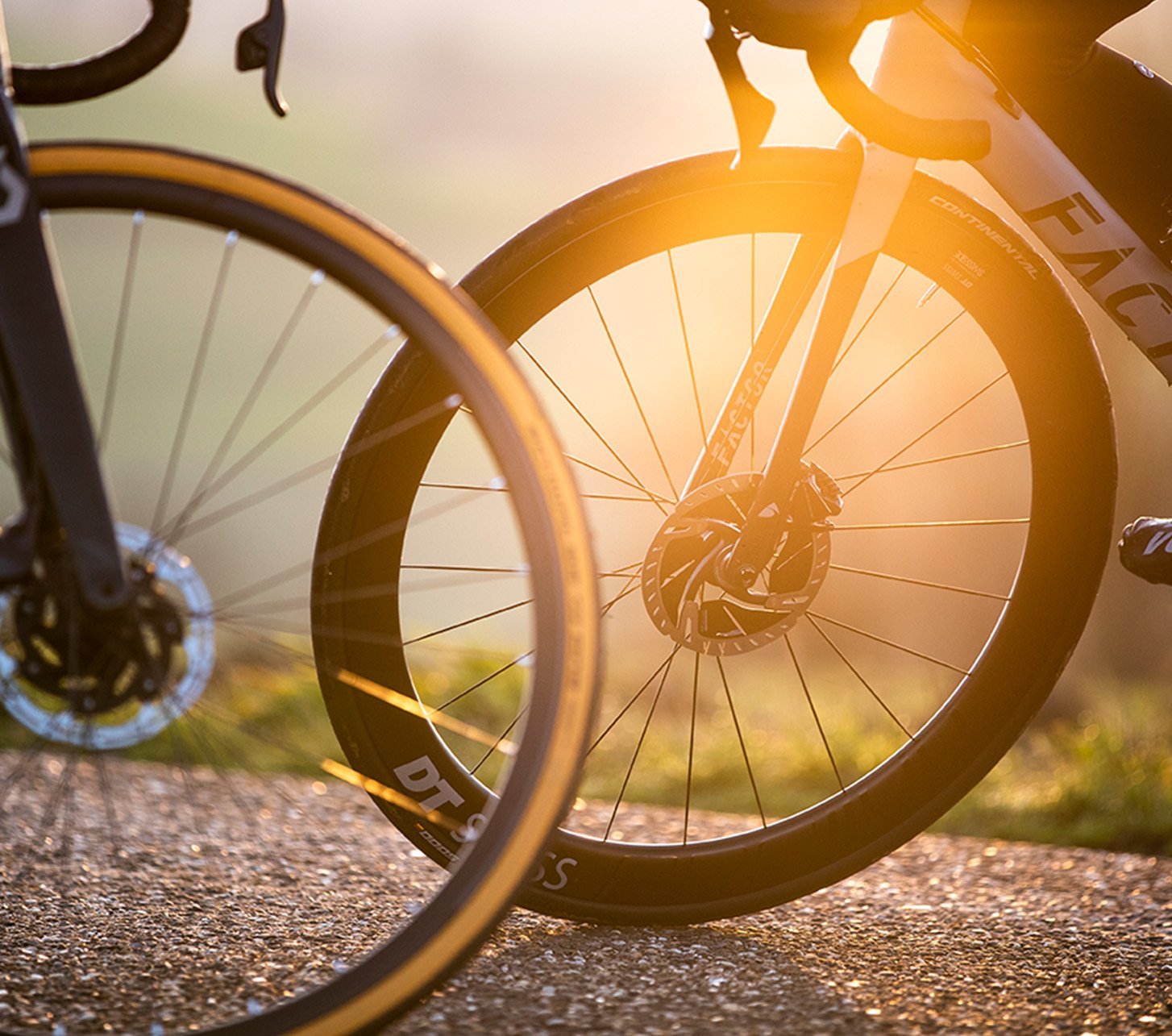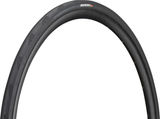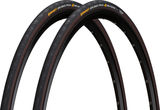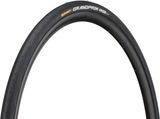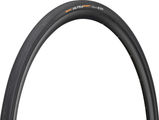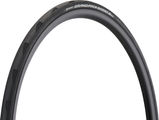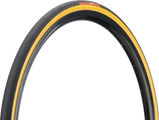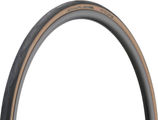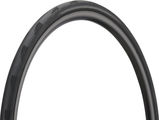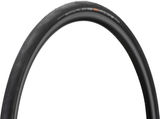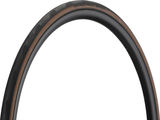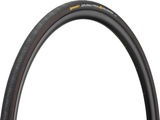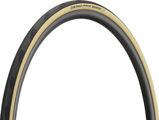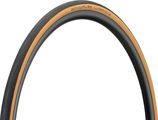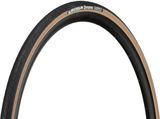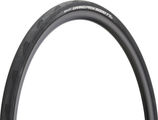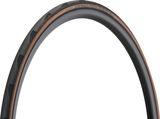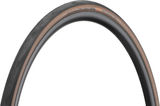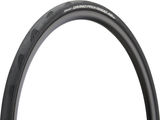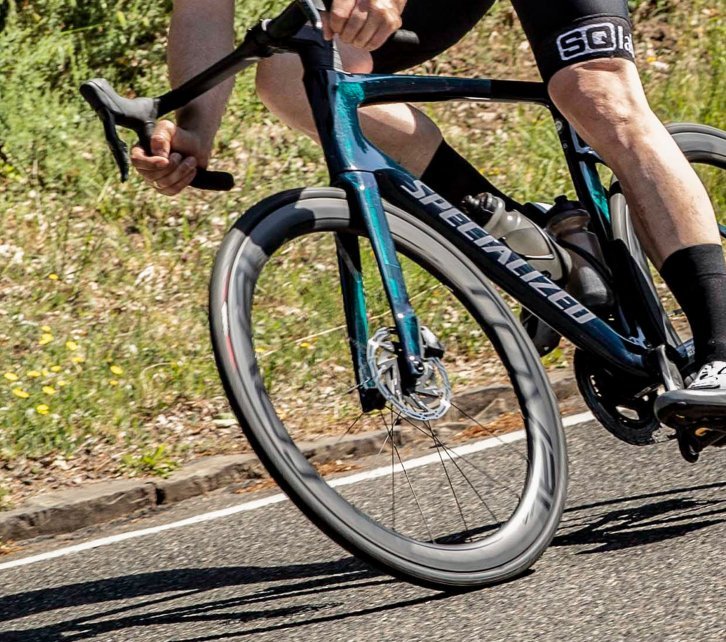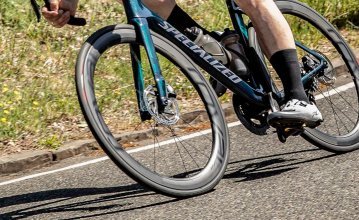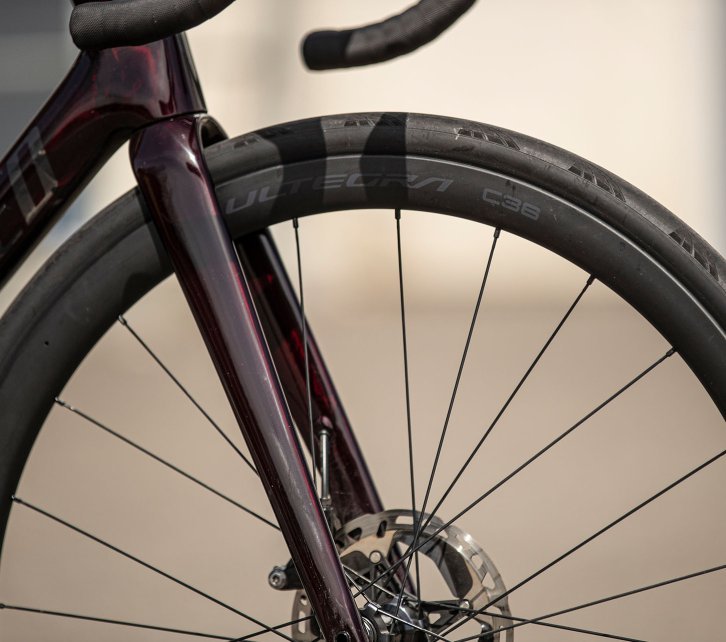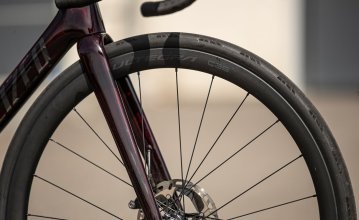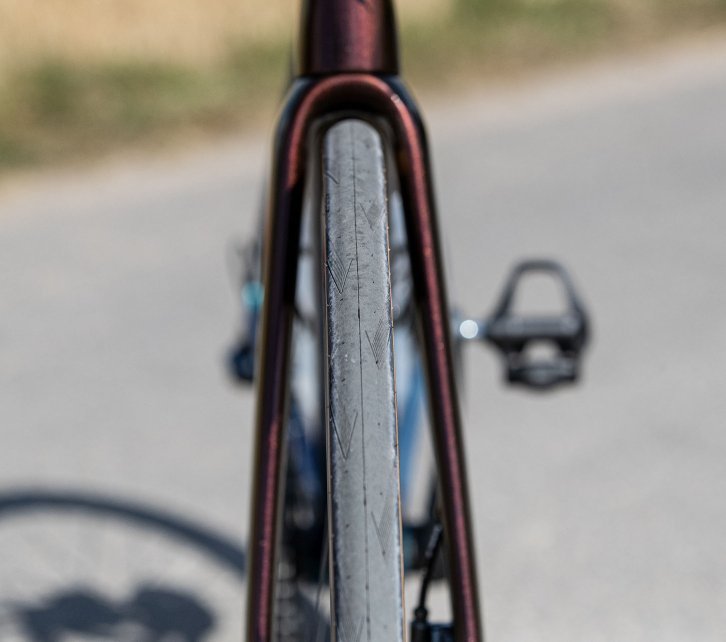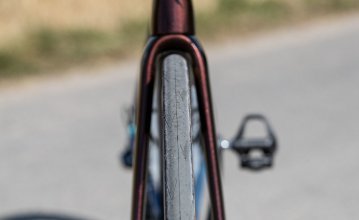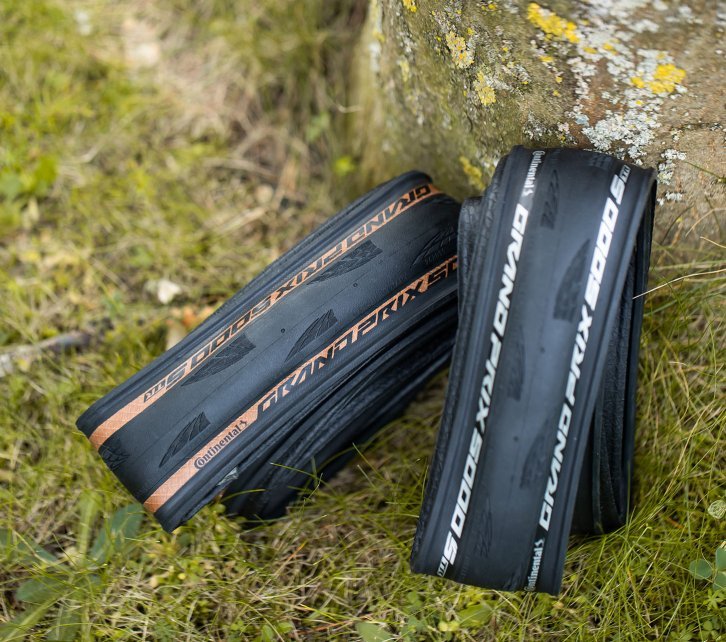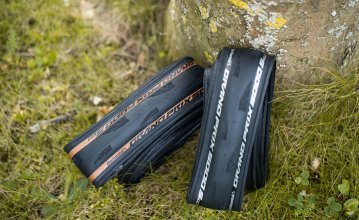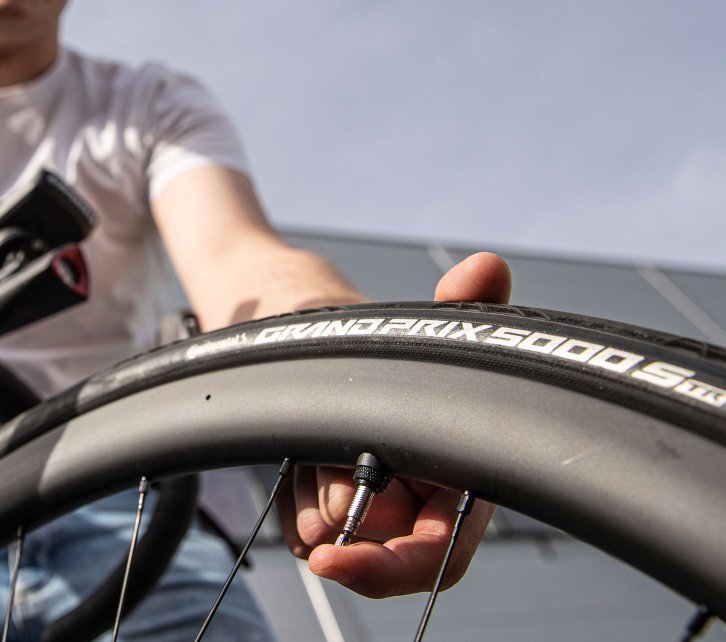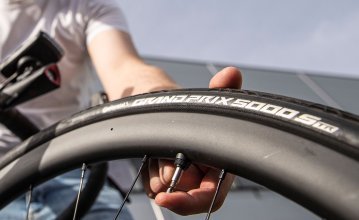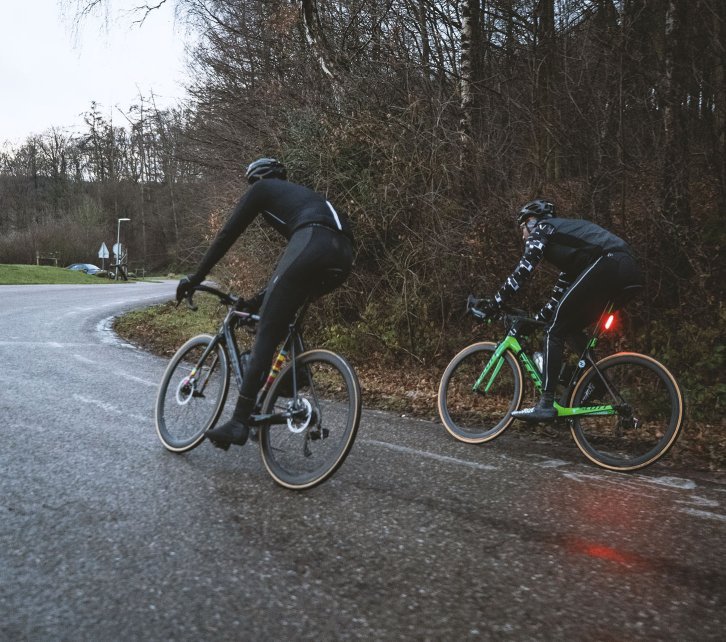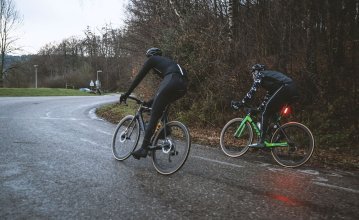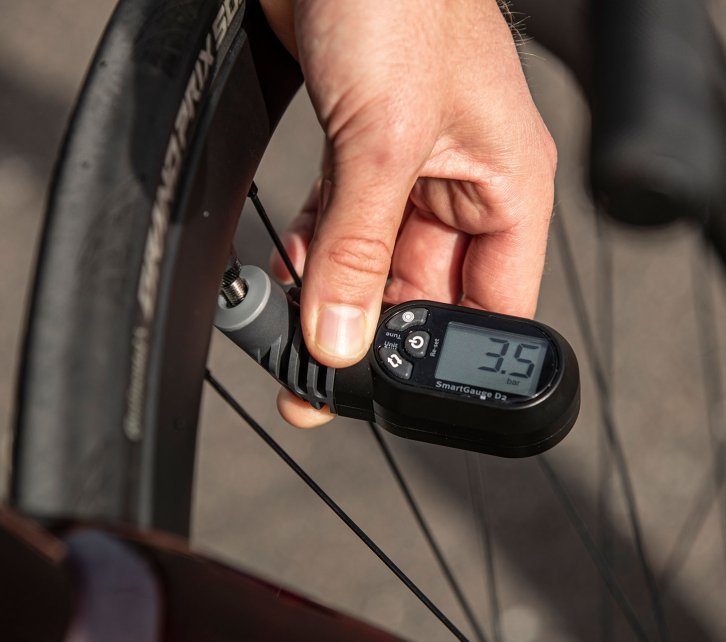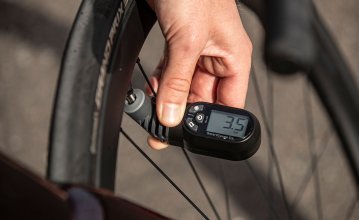Rubber on asphalt – road bike tyres are your main points of contact with the road. They play a decisive role in how your road bike rolls. With the right tyres you are faster, safer and can have more fun while riding. No matter if smooth-rolling or puncture protection is at the top of your list – road bike tyres from Continental, Specialized, Schwalbe, Pirelli, Michelin, Vittoria, Challenge, Veloflex and other top brands are available for all needs. To help you find the ideal tyres for your road bike in our extensive range, we’ll briefly explain the most important tyre qualities and give you tips on what to look out for when buying. Read further and discover more.
Road Bike Tyre Highlights
bc Insights on Road Tyres
Road Bike – Which tyres do I need?
Choosing the best tyres for your road bike depends on which aspects are important to you when riding. Tyre qualities such as width, carcass, rubber compound and tread determine rolling resistance, grip, comfort and durability. It is important to find a good compromise. In addition, you should of course consider the compatibility with your wheels, i.e. the construction and tyre size.
What tyre size do I need for my road bike?
Most road bikes are equipped with 28-inch wheels. This is often given the French designation 700C. Both refer to tyres for rims with a diameter of 622 millimetres at the bead seat (standardised according to ISO). All-road and gravel bikes with extra wide tyres are also available in a 27.5-inch size. 26-inch tyres are mostly meant for very small road bikes for children. If you are unsure of what diameter you need, just check what size is marked on the tyres you have mounted so far.
Also important for road bikes: tyre width
For many decades, tyre widths of 23 or 25 millimetres were standard on road bikes. Today, many road cyclists ride on wider tyres with up to 35 millimetres. With wide tyres your bike rolls more comfortably because you can use lower air pressure. Depending on the road surface and pressure, it may even roll more easily. Narrow tyres, on the other hand, are lighter and more aerodynamic with the same carcass design. On smooth asphalt, they have a lower rolling resistance with high air pressure, as less material is deformed.
Tyre designs: clincher, wired and folding tyres
Both wired and folding tyres for road bikes belong to the "clincher" type. They fit clincher rims with rim flanges. Folding tyres have beads with cores made of aramid (Kevlar). They are lighter and fold up small for storage and transport. On road bikes they have almost completely replaced wired tyres with steel wire in the bead. Folding tyres are available for mounting with or without an inner tube (tubeless). We have dedicated a detailed blog post to the question of whether riding with tubeless or tubes is better: Bicycle inner tubes for road bikes or MTBs: What system is suitable for which discipline?
Tubeless tyres for road bikes
Tubeless tyres have become popular on mountain bikes and are also becoming more common on the road. Tubeless tyres roll more easily and comfortably because less rubber needs to be deformed and the tyre can adapt more smoothly to uneven road surfaces. Tyre sealant ensures that you don't notice the slightest damage that would otherwise indicate a puncture. To ride tubeless tyres, you need wheels with compatible rims (tubeless ready) and some tubeless accessories. Before mounting the tyre, the rim bed is taped airtight with a special rim tape and a tubeless valve is installed.
Tubular tyres for road bikes
You often find tubular tyres on professional road bikes. They are hermetically-sealed and can only be used on special wheels. The rims do not have flanges, but only an inwardly curved surface. Tubular tyres are stuck on there with double-sided adhesive tape or tyre putty (tubular tyre accessories). Similar to tubeless, the advantage here is lower rolling resistance. Since the tyre bead is omitted from the tyre and the flange is omitted from the rim, tubular systems are also particularly lightweight.
Extra grip: road bike tyres with tread
Most road bike tyres have hardly any tread. This keeps rolling resistance low and is not a problem in good weather and on good roads. If you also ride in bad weather and expect wet roads or even frost from time to time in winter, then road bike tyres with tread are a good choice. This is because they offer more grip and safety. The rubber compound also plays a major role, which is why most manufacturers offer several variants.
Tyre pressure – How many bars does a road bike tyre need?
The air pressure on a road bike has a great influence on the riding behaviour. The right value depends on how much you weigh, how wide your tyres are and how important comfort is to you. Manufacturers specify minimum and maximum pressure in bars or PSI (pounds per square inch), which you should observe for safety reasons. However, it’s worth experimenting within these parameters. A tyre with high air pressure rolls more easily on smooth road surfaces because it is less deformed. Low air pressure, on the other hand, provides higher comfort. On rough asphalt, cobblestones or gravel, the rolling resistance can even be lower with wide tyres and rather low pressure. This is because the softer tyre can better adapt to the ground and you aren’t jostled around as much. A good floor pump with a precise pressure gauge lets you start every road bike excursion with the ideal tyre pressure, especially when you’ve found the magic number. Enjoy the ride!

